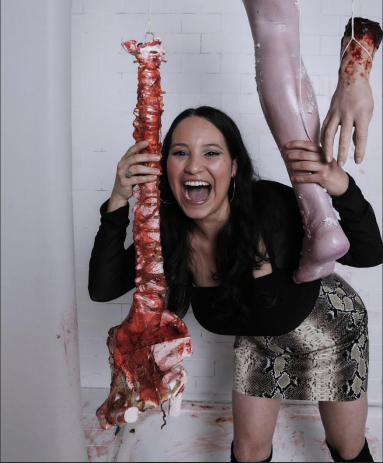The 20 Greatest Hammer Classic Horror Films
Dracula, Frankenstein, lesbian vampires, blood, and loads of British gothic horror. This list contains Hammer’s best classic horror films.
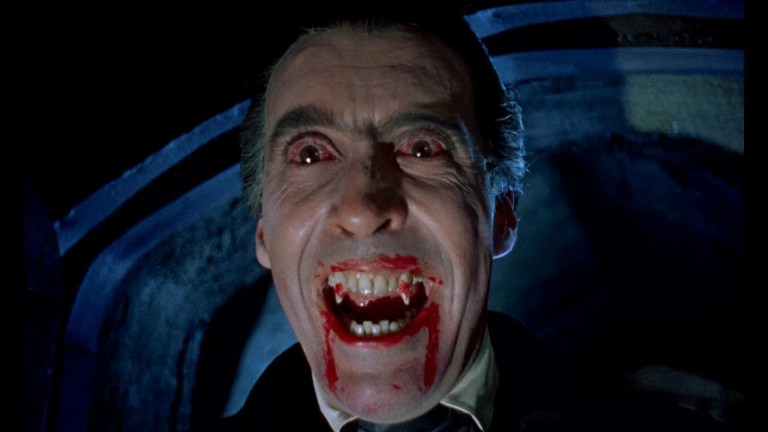
Hammer Films was founded in 1934, and was one of Britain’s most successful movie studios, primarily throughout their heyday from the mid 1950s to mid 1970s. The company is mostly known for the gothic horror and fantasy stories it created throughout this time. These memorable productions are some of the most iconic and beloved in the genre. The studio gifted cinema with stars like Peter Cushing, Christopher Lee, and Oliver Reed. Other powerhouses that starred in these pictures include André Morell, Barbara Shelley, Ingrid Pitt, Andrew Keir, Madeline Smith, and Veronica Carlson.
Hammer’s classic horror filmography is revered for its stylish flair, innovative storytelling, sensuous undertones, jarring violence, and dark charisma. While a majority of these works are inspired by literary classics and stories previously made by Universal, Hammer breathed new life into them. After falling into obscurity in the 1980s, the studio was resurrected with the success of Matt Reeves’ Let Me In (2010), after meshing with new investors. Some of their modern horror movies include The Resident (2011), The Woman in Black (2014), The Lodge (2019), and Doctor Jekyll (2023).
Cataloged below are Hammer’s 20 greatest works from its classic years.
The Curse of Frankenstein (1957)
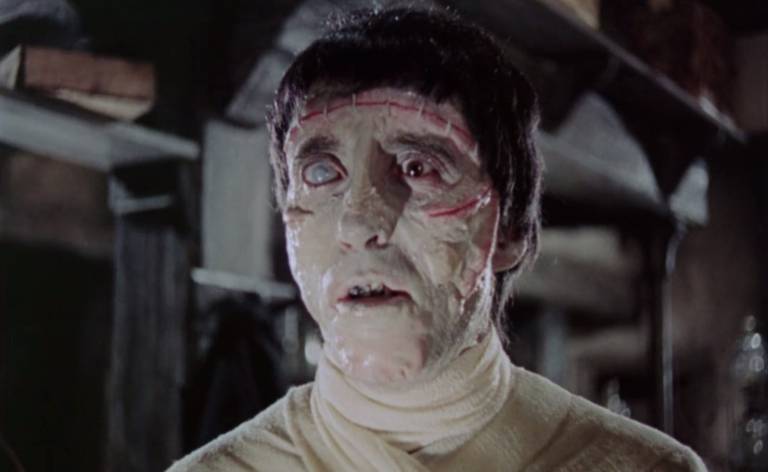
The Curse of Frankenstein marks a few firsts—the first color horror picture, the company’s first foray into reimagining Universal’s classic monsters, and the first collaboration between Peter Cushing and Christopher Lee. The gruesome, gory film is nothing like Universal’s renowned 1931 version, and far from a faithful interpretation of Mary Shelley’s novel. The villainization of Dr. Frankenstein, who outright murders people for “raw materials,” makes it a standout from other adaptations. Cushing imbues the scientist with an unsettling evil and psychopathy that chills to the core. Lee gives depth to The Creature. Where the doctor fails in humanity, The Creature is full of it.
Horror of Dracula (1958)
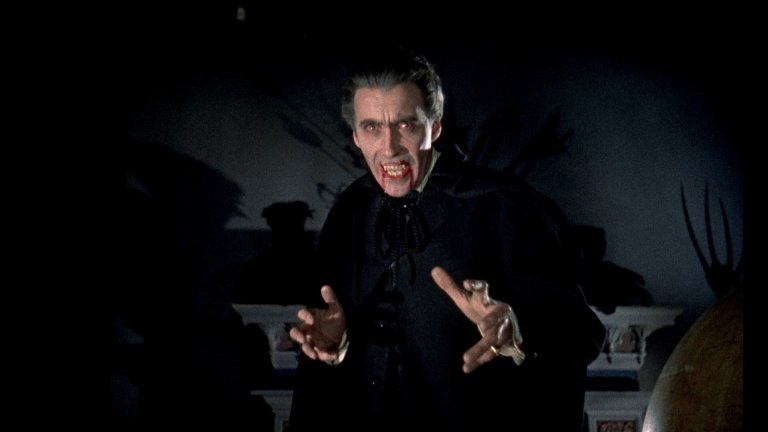
Hammer is best known for its Dracula franchise, which consists of nine total entries. The first, which takes place in 1885, is a retelling of the classic tale, and one of the bloodiest and darkest adaptations of Bram Stoker’s novel. It’s also the strongest in its series, and notably the most violent. Christopher Lee dons the titular vampire’s fangs for the first time in the performance of a lifetime. Peter Cushing plays his nemesis Dr. Van Helsing. Out of their two dozen films together, this is the dynamic duo’s best collaboration. The movie blends gore, grandeur, eroticism, and gothicism. This classic still holds up well today thanks to its unsettling atmosphere.
The Hounds of the Baskervilles (1959)

Peter Cushing stars as Sherlock Holmes in this adaptation of Sir Arthur Conan Doyle’s famous novel, directed by Terence Fisher. The movie follows the detective on a quest to solve the mysterious legend of a hellhound who has been killing off the Baskersvilles, a noble family from the moors of Southwestern England. Christopher Lee plays the hunted Sir Henry Baskerville, the latest heir to the titles and lands of the cursed family. Arguably, this is the best Holmes film in existence, and it currently sits at a 95% critic approval rating on Rotten Tomatoes.
Brides of Dracula (1960)
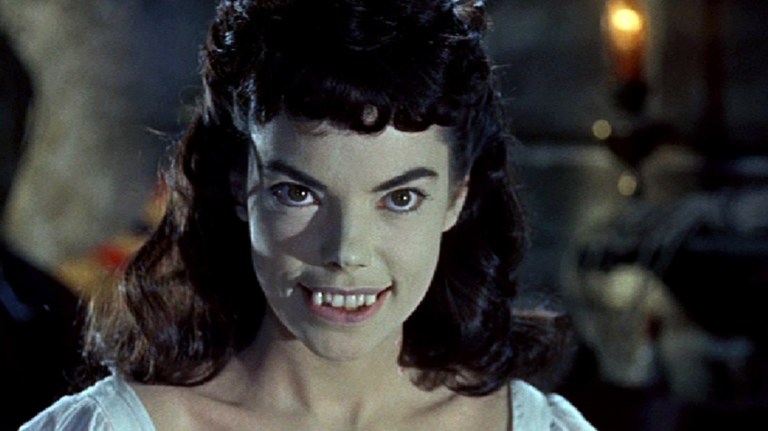
In a bold and risky move, this direct sequel to Horror of Dracula doesn’t feature the titular character. The Count wouldn’t return until the third movie, Dracula: Prince of Darkness (1966). Brides of Dracula does, however, see Peter Cushing reprise his role as Van Helsing. After becoming stranded on her way to a new job at an all-girls academy, a beautiful French schoolteacher, Marianne (Yvonne Monlaur), accepts an invitation from the elderly Baroness Meinster (Martita Hunt) to sleep in her castle. When she finds the woman’s son, Baron Meinster (David Peel), chained to the wall, she sets him free, unaware of his vampiric nature. He unleashes evil on the village, and Dr. Van Helsing is called in to help. How the film gets its title, well, you’re just going to have to watch and find out.
The Curse of the Werewolf (1961)

The Curse of the Werewolf is the only time the studio tried their hand at lycanthropy, and it goes down in cinema’s hall of fame as one of the greatest and most interesting werewolf movies ever made. The film is a beautiful and well-crafted adaptation of Guy Endore’s novel The Werewolf of Paris (1933). Oliver Reed stars in his first film role ever as the titular lycanthrope, Leon Corledo, the adopted son of a nobleman in 18th-century Spain. Leon has a horrible origin he is unaware of. After developing a taste for blood in a hunting incident, a thirst which only worsened with time, Leo finds himself unable to stop himself from turning into a murderous creature and terrorizing the town. Reed gives a captivating performance, moving us with the story of one of the most tragic werewolf characters. This picture is one of Hammer’s finest, and among its most emotional horrors.
Taste of Fear (1961)
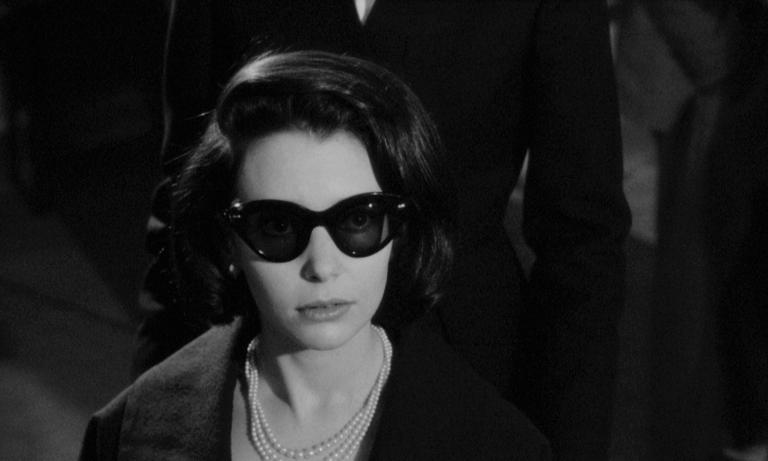
Taste of Fear, which has the U.S. title Scream of Fear, is an outlier among Hammer’s best horrors. Unlike most of the films on this list, the black and white movie isn’t a period piece. It follows Penny Appleby (Susan Strasberg), a young heiress who uses a wheelchair. When she returns to her father’s home on the French Riviera after her best friend’s suicide, she finds her stepmother, Jane (Ann Todd), who she has only just met, making excuses for his absence. Her first night there she sees her dad’s corpse in the guest cottage, only for it to vanish when others respond to her screams. Penny comes to encounter his dead body many times throughout the story. Her stepmom and the family doctor insist that she’s hallucinating, which seems to be a gaslight attempt. She grows close to the family’s handsome chauffeur, Bob (Ronald Lewis), who helps her investigate. Taste of Fear is full of twists and turns, which leave you guessing and unsure who to trust right until the very end.
The Plague of the Zombies (1966)
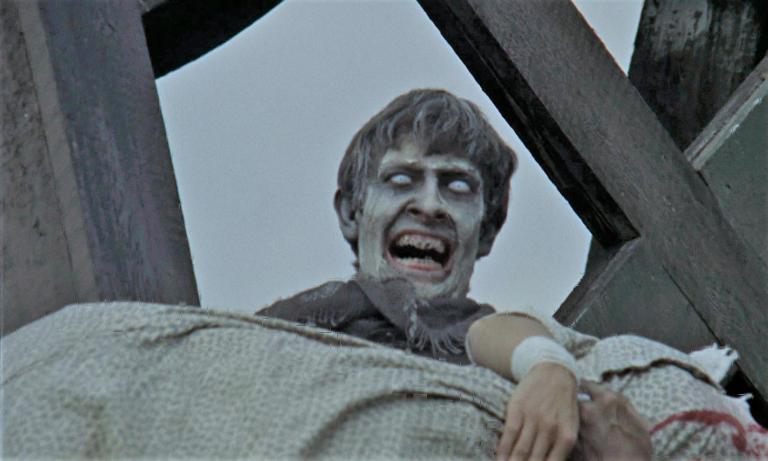
Two years before George A. Romero revolutionized the subgenre with Night of the Living Dead, Hammer produced a zombie movie with a gothic and voodoo twist. Although the movie has no flesh eating, it’s the first time zombies are portrayed as reanimated corpses, whereas previously they appeared more like entranced people. John Gilling’s zombies are obviously a direct precursor to Romero’s iconic ghouls. The plot follows a medical professor, Sir James Forbes (André Morrell), who’s called in to help a Cornish village being wiped out by a mysterious plague. The investigation leads to the discovery of the empty coffins of all the deceased. The film comes with a political message of tyranny and of the rich exploiting the working class.
The Devil Rides Out (1968)

This cult horror film directed by Terence Fisher is both the director’s and the studio’s most remarkable horror. Dripping with unsettling atmosphere and imagery, it’s widely considered to be Hammer’s genre masterpiece. The movie is set in 1929 and is based on the 1934 novel of the same name by Dennis Wheatley. Christopher Lee stars as Nicholas, Duc de Richleau, who suspects his late friend’s son may have gotten in too deep with the wrong crowd. The film gives a dark, mesmerizing look at a Satan-worshiping cult as they pursue two rescued initiates.
The Vampire Lovers (1970)
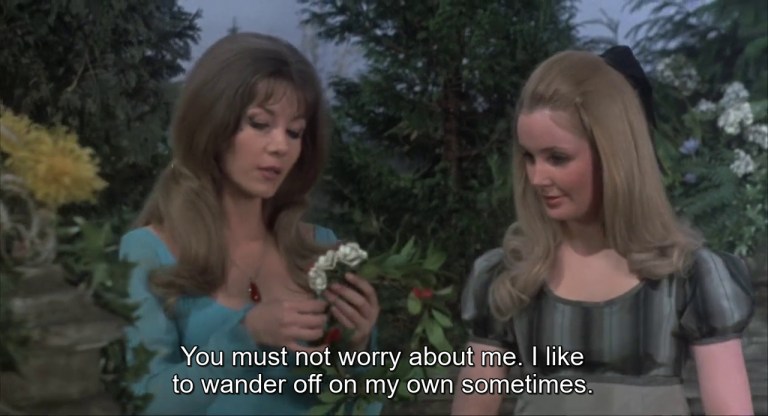
This film, loosely based on Sheridan Le Fanu’s 1872 novella Carmilla, kicked off Hammer’s Karnstein trilogy, daring in its era for its blunt depiction of lesbianism. Although Hammer was warned not to proceed from a queer angle, they didn’t back down, wanting to honor the source material. Where Horror of Dracula is erotic without being overtly explicit, The Vampire Lovers has a sexually charged narrative that doesn’t hold back. The movie is set in 1794 in the Austrian state of Styria. It follows Mircalla Karnstein, who goes by the alias Carmilla and belongs to a family of vampires that used to terrorize the local townsfolk. The vampire vixen, played by the stunning Ingrid Pitt, has an M.O. of infiltrating her victim’s home before feeding on them. Her preference is female blood, particularly that of young women. When she falls in love with the doe-eyed, soft girl coded Emma (Madeline Smith), she faces an internal battle. She doesn’t just want Emma’s blood, she wants her love for “her whole life.”
Hands of the Ripper (1971)

What if Jack the Ripper had a daughter? The darkly enchanting period piece Hands of the Ripper explores this idea with the story of Anna (Angharad Rees), who witnesses her father savagely stab her mother to death as a three-year-old. Fifteen years later, she’s shown to have been adopted by Mrs. Golding (Dora Bryan), a charlatan medium who fakes seances using the withdrawn girl as the voice from the spirit world. After a session, one of the guests, a member of Parliament, pays Mrs. Golding for Anna’s sexual services. When he gives Anna a jeweled brooch, its flickering reflections trigger memories of her mother’s brutal murder, sending her into a trance, and turning her into a maniacal killer in the likes of her father. Dr. Pritchard (Eric Porter), a psychiatrist who witnesses the events from a window, takes Anna into his care. Believing he can cure her affliction, he’s willing to cover up her murders as bodies pile up.
More of Hammer’s greatest classic horror films…
The Quatermass Xperiment (1955) stands out from other movies on the list as a sci-fi horror. It’s based on a 1953 six-part BBC serial of the same name. The story follows a doomed space mission that results in two astronauts going missing. The third crew member returns to Earth possessed by a parasitic alien. The movie is followed by Quatermass 2 (1957).
The Mummy (1959) Peter Cushing stars as the heroic archaeologist John Banning, who faces off against a lethal mummy, played by Christopher Lee, when he rises from his ancient sleep to take revenge on those who desecrated his royal tomb.
Phantom of the Opera (1962) might be a more family-friendly and less terrifying take on the famous tale, but it’s definitely worth a watch.
The Gorgon (1964) a monster takes on a human form and turns people to stone in a German town in 1910.
The Nanny (1965) Bette Davis stars as the nanny to a 10-year-old disturbed boy. But is it the nanny or the brattish kid who should be feared?
Dracula: Prince of Darkness (1966) Christopher Lee reprises his role as the evil count. A decade after his defeat, the vampire is resurrected and preys on four English travelers.
Quatermass and the Pit (1967) is the third entry in the Quatermass series, and the best. It’s not necessary to catch up on its predecessors before enjoying this standalone. A strange, prehistoric artifact is unearthed during the expansion of the London Underground. Scientist Bernard Quatermass (Andrew Keir) is summoned to determine its origin and potential effects.
Dr. Jekyll and Sister Hyde (1971) has been described as a gender-bending twist to Dr. Jekyll and Mr. Hyde. On his search for an elixir of life, a Victorian doctor (Ralph Bates) develops a serum using female hormones, which transforms him into a beautiful, sensual female killer (Martine Beswick).
Twins of Evil (1972) is the third installment in the Karnstein trilogy. It stars real-life identical twins and Playboy bunnies Mary and Madeleine Collinson as Maria and Frieda Gellhorn, who capture the attention of the Satan-worshiping Count Karnstein, recently vampirized by his resurrected ancestor, Countess Mircalla.
Vampire Circus (1972) This circus-themed horror is set in 19th-century Serbia in the cursed town of Stetl, where a widespread plague has left the village quarantined. The Circus of Night mysteriously makes it past the blockade, unleashing a vampiric menace.
